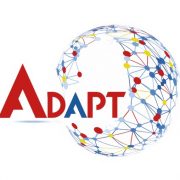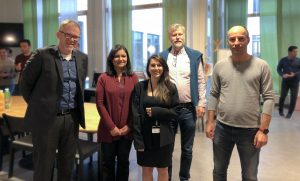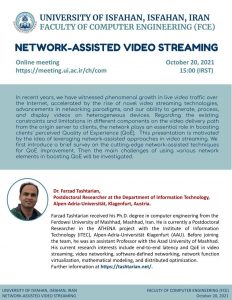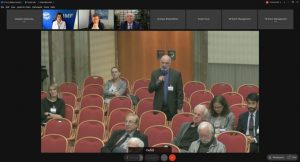28th International Conference on Multimedia Modeling (MMM)
April 05-08, 2022 | Qui Nhon, Vietnam
Conference Website
Ekrem Çetinkaya (Christian Doppler Laboratory ATHENA, Alpen-Adria-Universität Klagenfurt), Minh Nguyen (Christian Doppler Laboratory ATHENA, Alpen-Adria-Universität Klagenfurt), and Christian Timmerer (Christian Doppler Laboratory ATHENA, Alpen-Adria-Universität Klagenfurt)
Abstract: Deep neural network (DNN) based approaches have been intensively studied to improve video quality thanks to their fast advancement in recent years. These approaches are designed mainly for desktop devices due to their high computational cost. However, with the increasing performance of mobile devices in recent years, it became possible to execute DNN based approaches in mobile devices. Despite having the required computational power, utilizing DNNs to improve the video quality for mobile devices is still an active research area. In this paper, we propose an open-source mobile platform, namely MoViDNN, to evaluate DNN based video quality enhancement methods, such as super-resolution, denoising, and deblocking. Our proposed platform can be used to evaluate the DNN based approaches both objectively and subjectively. For objective evaluation, we report common metrics such as execution time, PSNR, and SSIM. For subjective evaluation, Mean Score Opinion (MOS) is reported. The proposed platform is available publicly at https://github.com/cd-athena/MoViDNN
Keywords: Super resolution, Deblocking, Deep Neural Networks, Mobile Devices













